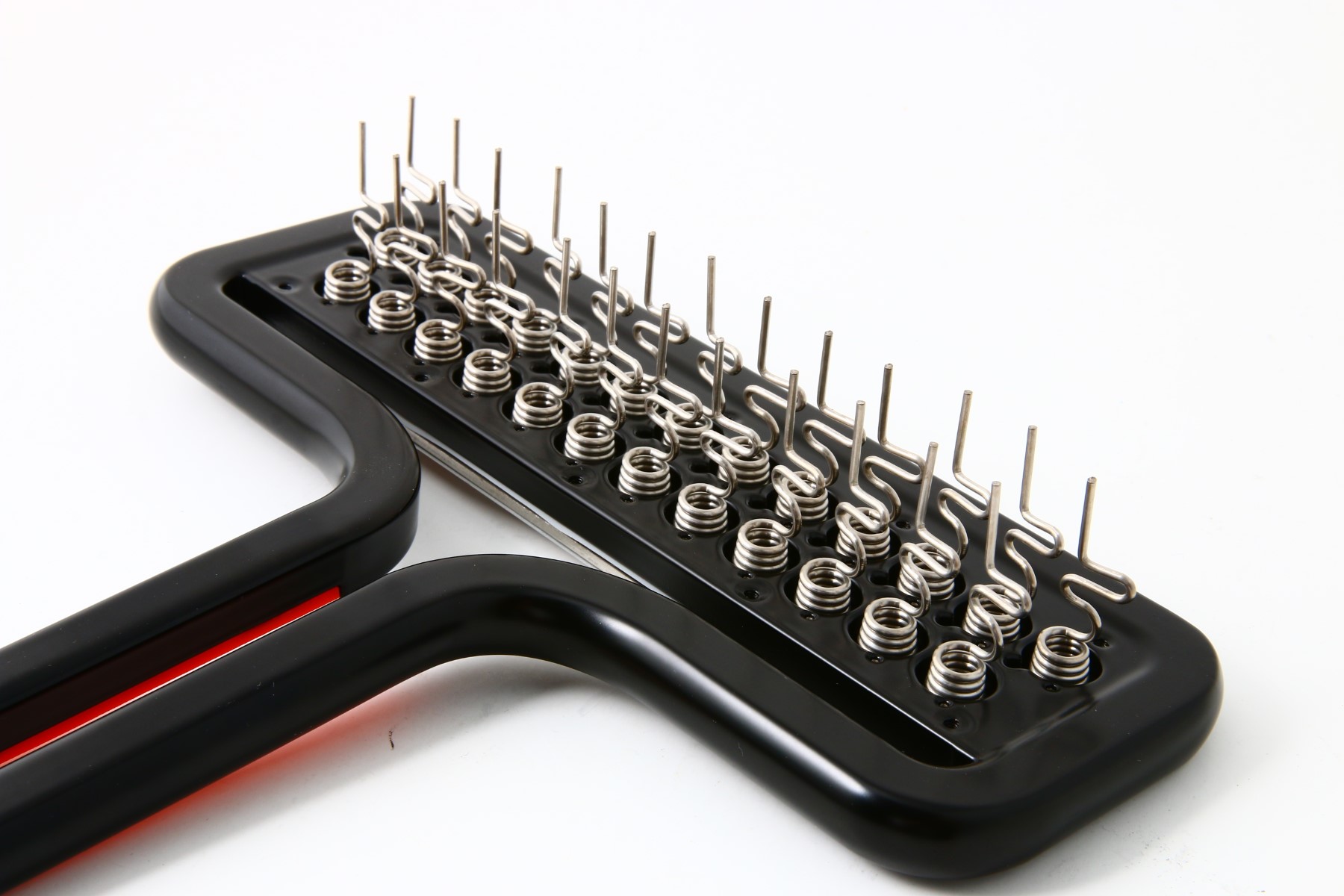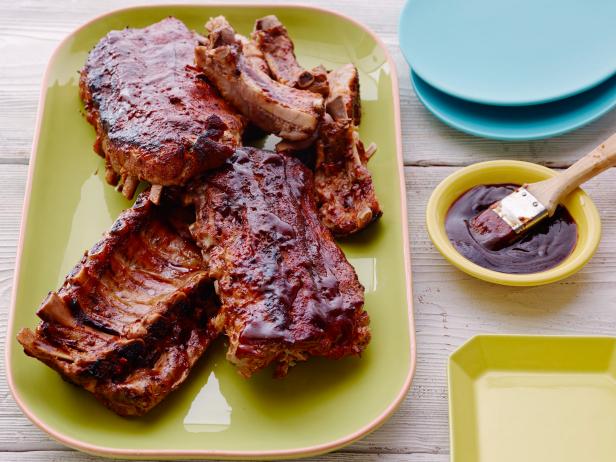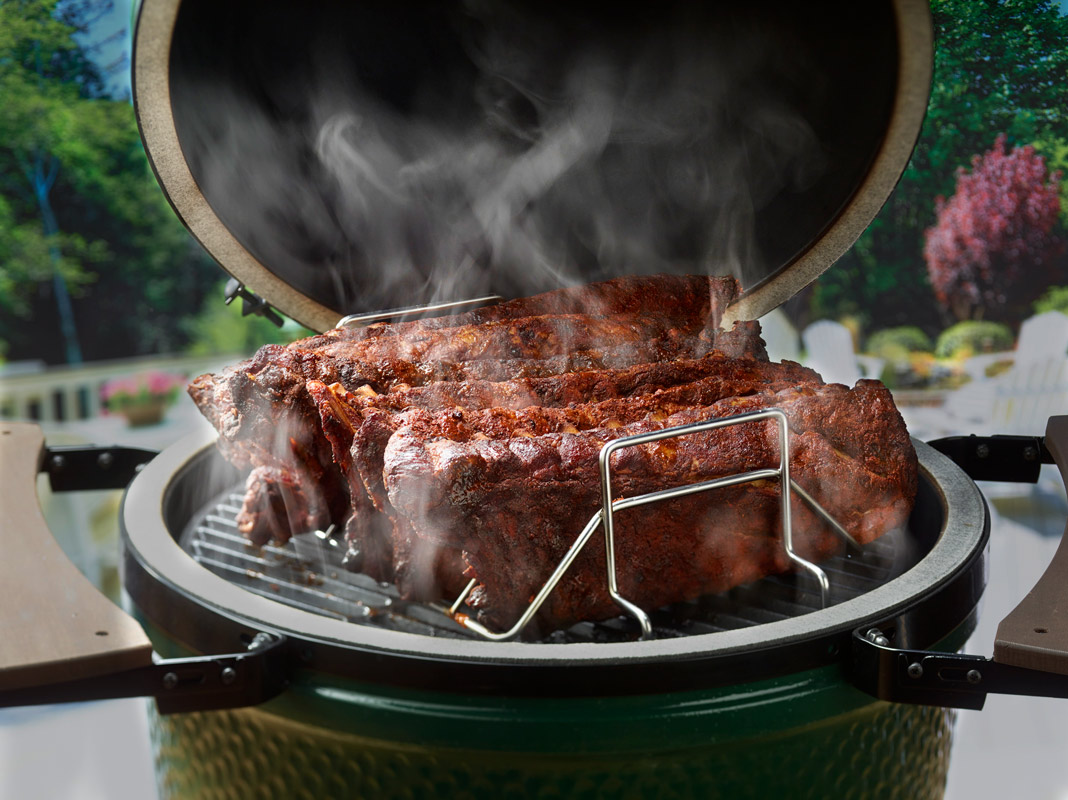
Brush Up on Grill Safety: When to Replace Your Grill Brush 🚨
When it comes to outdoor grilling, cleaning your grill is an essential step to keep it in good condition and
Last Chance – Get 25% Off -Learn More

These tips for grilling will get you back to cooking (or get you started) in no time.
Summer is in full swing, and that means most of us are firing up that backyard grill. If you are shying away from grilling, or just want a refresher course on the basics of grilling, then keep reading. Here are my top 10 tips for excellent summer grilling.
Don’t let last night’s salmon skin impart a fishy-char flavor to tonight’s chicken breasts. Use a sturdy metal brush to clean the grates in between uses. (This is easiest when the grill is hot.)
In general, the fewer times you flip something, the better (once is ideal for most meats). If the meat is stuck to the grill, let it cook more — it will unstick itself when it’s ready for flipping.
Yes, I know that burst of sizzling flame that comes from squishing a burger with spatula is tempting. But you know what is creating that flame burst? Fat. And you know what fat is? Juicy flavor. Don’t squish meat, because you will squeeze out the taste and moisture.
Flames are not your food’s friends — they will char it unpleasantly. Keep a spray bottle filled with water handy; this will allow you to dampen flare-ups without interfering with heat.
Unless you are a very experienced cook, it is hard to tell meat’s temperature merely by touching it. (Although if you are interested, here’s how to do it: Touch the meat. If it’s soft like the flesh between your index finger and thumb, it’s rare. If it’s soft like your cheek, it’s medium-rare, and if it’s firm like your forehead it’s well-done.) More accurate for most of us: A quick check of temp from a thermometer. Your confidence in grilling will skyrocket with this one $10 purchase.
Letting meat come to temperature on the counter for 30 minutes before grilling will help it cook more evenly. (If you are looking for a rare sear, however — like if you’re grilling tuna, for example — then chilled is the way the go!)
Carryover cooking is a real thing — food continues to cook after it leaves the grill. You can expect food temperature to go up about five degrees after leaving the grill, so plan accordingly.
Allow the meat to sit undisturbed (and unsliced!) for five to 15 minutes after cooking, as this will allow the juices to redistribute. The bigger the piece of meat, the longer the rest time. Resting meat is an important key to juicy results.
No one wants to eat meat covered in thick, black char. If you have thicker meats with bones, such as chicken thighs or legs, cook them on high heat to get a nice crust, and then move to lower, indirect heat on the grill. This will allow the meat to cook through more slowly without overcooking the outside. Or, consider par-cooking the chicken in an oven for 15 to 20 minutes before grilling. Also great to precook: ribs!
Managing numerous cook times for different proteins and veggies can easily become stressful, and it can result in errors and overcooking. Keep the protein options down as much as possible, and offer variety in some interesting side dishes, sauces or condiments.
Source: The Food Network

When it comes to outdoor grilling, cleaning your grill is an essential step to keep it in good condition and

With summer just around the corner, many people are starting to think about backyard BBQs with friends and family. If

You can opt out of hearing from us at any time using the unsubscribe link in our emails